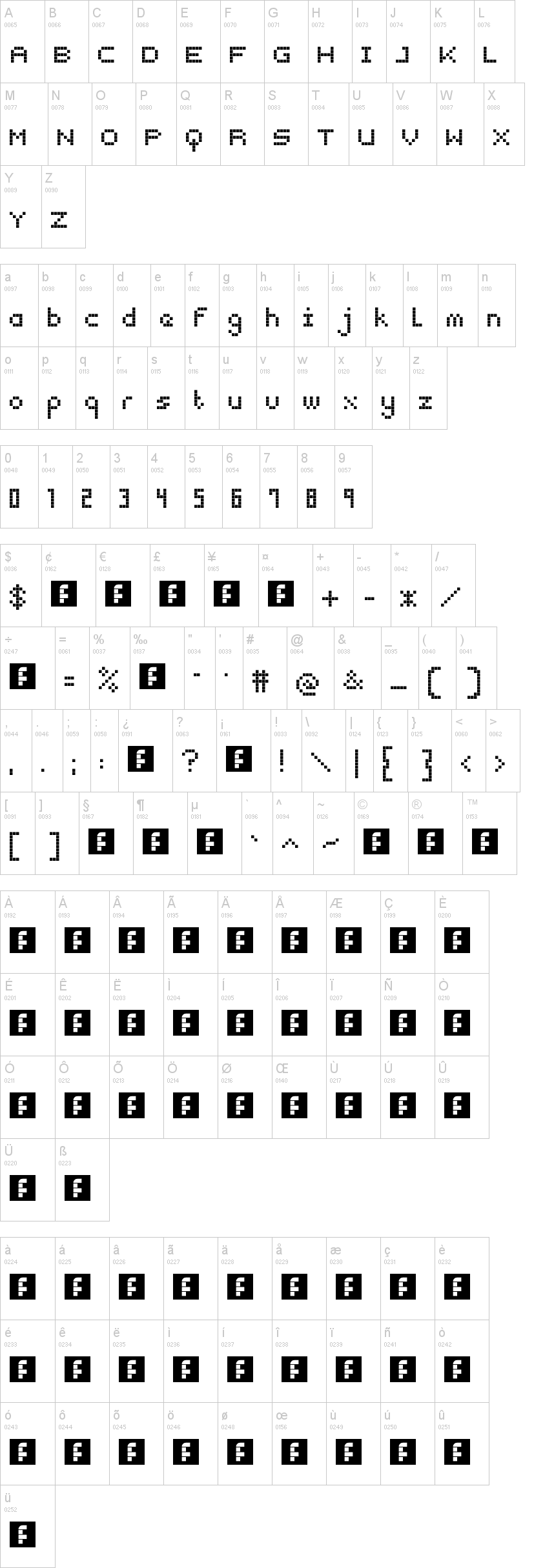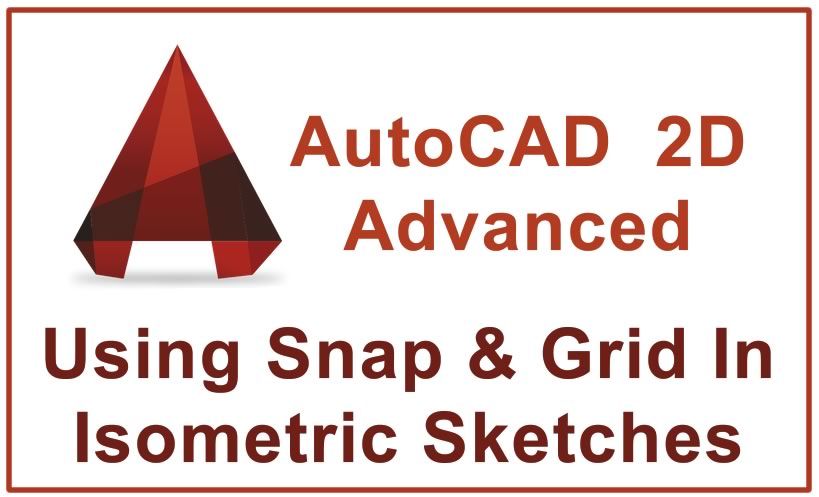

From the right-click or the Format menu you can select Character to alter individual letters or spaces, or Paragraph to alter an entire block of text between two returns. Most of the time when you use Draw for layout, you will be working with regular text.

By contrast, in graphics text, the frame and the text become a single object, making it easier to manipulate as a whole. Regular text is entered in a text frame, and, within that frame, is editable much as it would be in a word processor. Like the rest of, Draw makes a distinction between regular text and graphical text. You could, for instance, design a text frame style for border and background color, then manually adjust the dimensions of individual frames as needed. To take advantage of styles, the elements don’t have to be identical - just similar. If you are repeatedly using the same elements in your design, you may also choose to define a style via Format -> Styles and Formatting. For ease of positioning, you can select View -> Grid -> Snap to Grid to have frames positioned automatically, although this feature can be annoying if you define too coarse a grid.Īll objects in frames can be edited by right-clicking on them and selecting items from the menu. You may also want to select View -> Grid -> Display Grid, and define the size of the grid if necessary from Tools -> Options -> Draw -> Grid. For precision placement, you will probably want to close the Page pane temporarily so that you can see the markings on the rulers. On individual Draw pages, you can add frames for graphics and text using the Insert menu, and drag them around as needed. Alternatively, you can right-click anywhere on a page and select Page -> Slide Design to load page templates into the document and select them. The default view contains a Page pane that you can use for jumping between pages, and, by selecting View -> Master, you can create a master page that includes design elements common to all the pages. Because an Impress document usually consists of multiple slides, unlike many drawing programs, Draw makes working with multi-page documents easy (even if it does confuse things by calling pages “slides”). However, because it shares much of its back end with Impress, ’s slide program, Draw is easy to use for layout. Both lack some of the fine controls of a high-end layout program, but their features are complete enough that either can be used to produce professional-looking work.ĭraw is primarily a vector graphics drawing program. But, in fact, boasts two mid-level layout programs - Draw and Writer - each of which is far more versatile than its name suggests.ĭraw and Writer have similar tools for positioning text, but Draw is better suited for text mixed with graphics or for highly variable pages, while Writer is designed for text-heavy documents with minimal variation in the pages. Many people automatic answer “no,” and say that Scribus is more suitable for desktop publishing. Now that you had to read all this.“Do you offer a program like Microsoft Publisher?” Some version of this question appears regularly on the mailing lists. i often pick up topics suggested by other people (like your idea of only snapping to visible items) and fill a ticket. a pet topic of mine.īut those are not all ideas of mine (inclusive the starting idea of introducing the snapping to items). i also mentored the GSOC project that introduced the snap to items.

There is also a request for getting the origin to snap, too: Īs you see, all (or mostly) tickets of mine. There is also a ticket for removing the snap to items mode (and replacing it by the ad hoc snapping):Īnd i think that i'll enhance my shift-snap with the same feature for the guides. In my experience, when layouting you want almost always snap to guides, but only in specific cases to items.įinally, let's dig a bit in the history of the snapping: On the other hand, i still think that the snapping to items would be much more useful if it would be "on demand" instead of a modus. but, i agree, scribus should only snap to visible items.īut i'm not sure that restricting the snapping to the item that is the closest to the mouse pointer is a good idea. When you layout, you often want to snap to distant items. One such case is imho the snapping to items: when you draw, you almost always only want to snap to the closest environment. Corel draw is a drawing program, scribus a layout program: behaviors can sometimes differ.


 0 kommentar(er)
0 kommentar(er)
